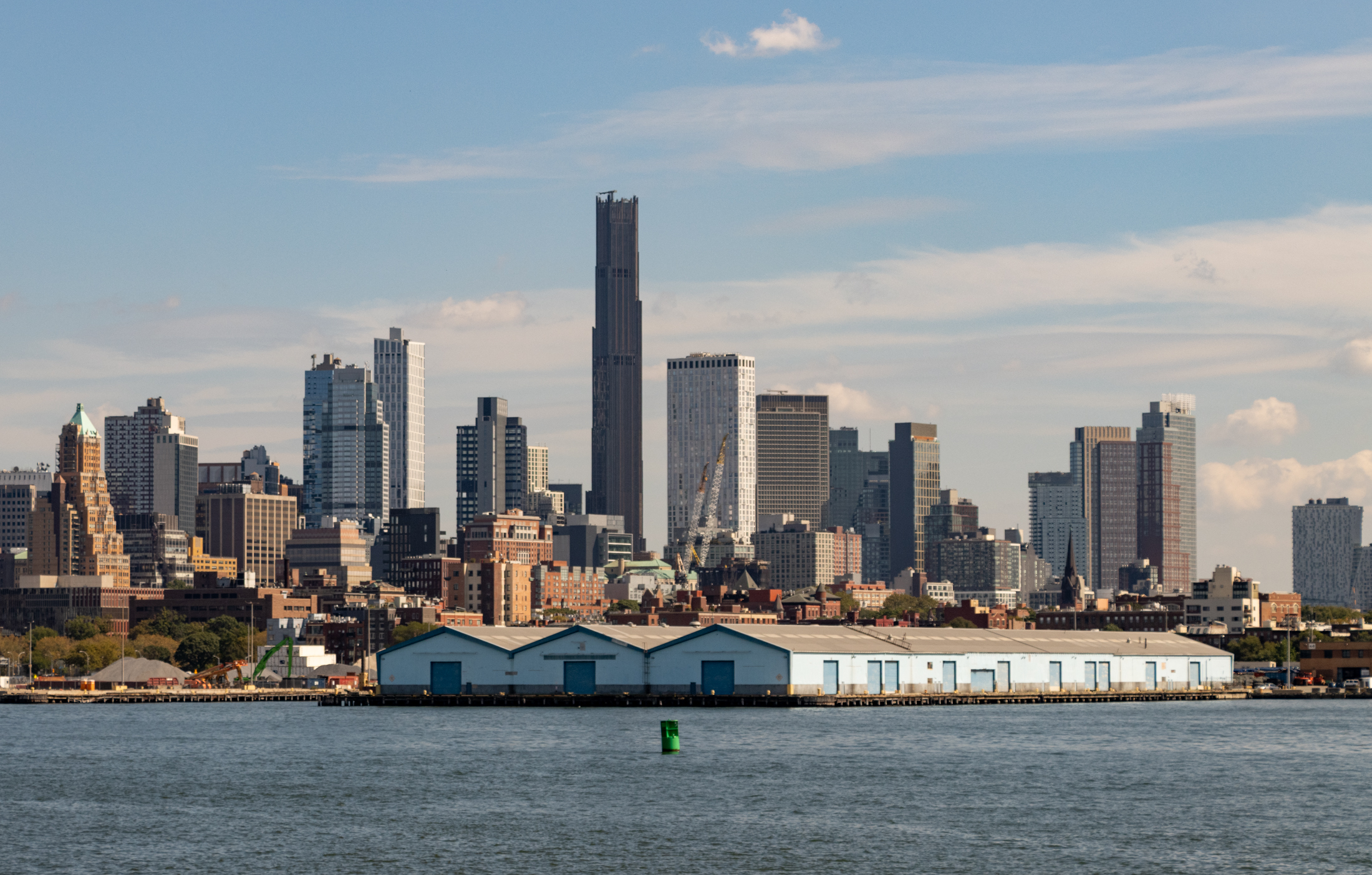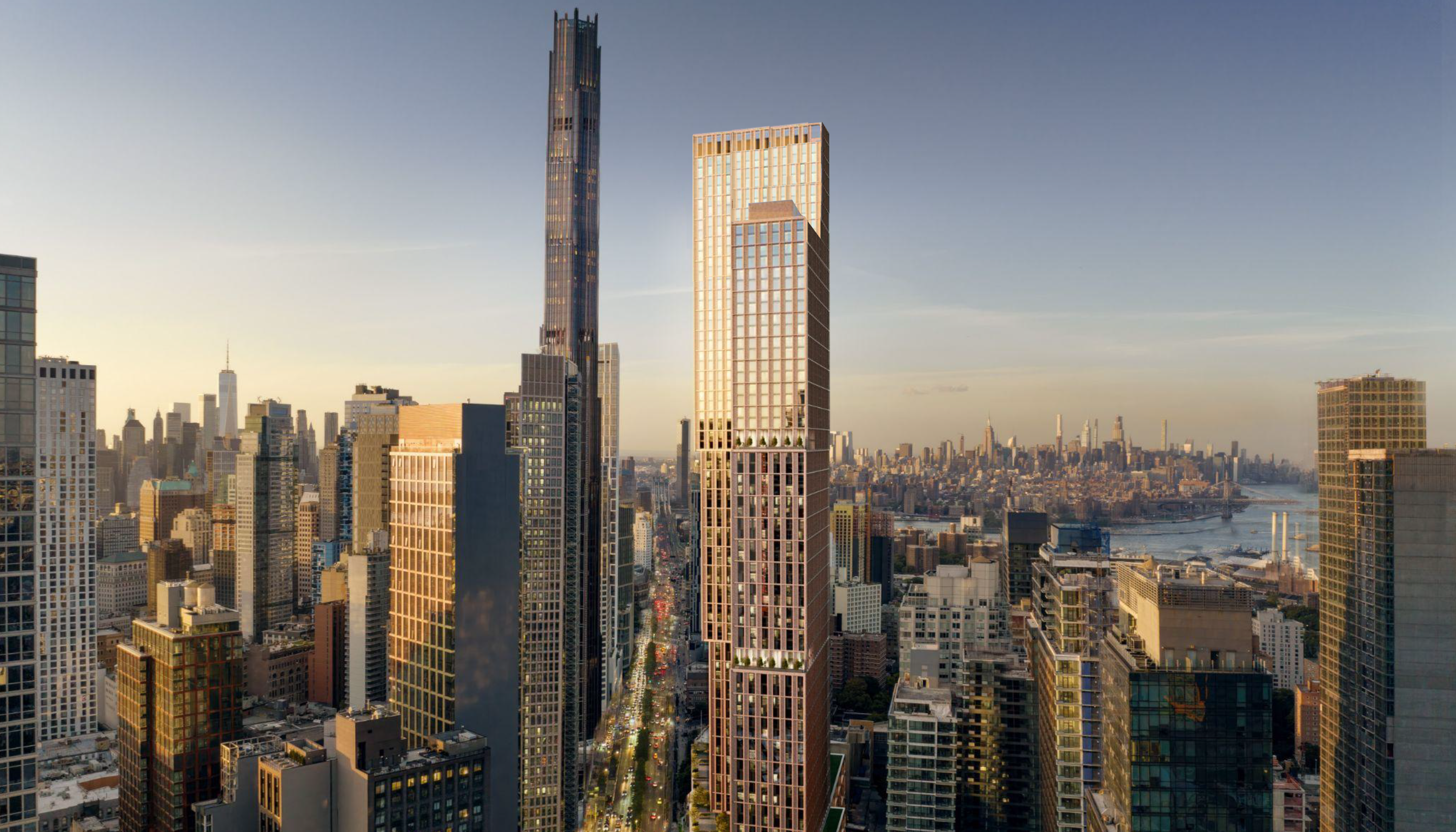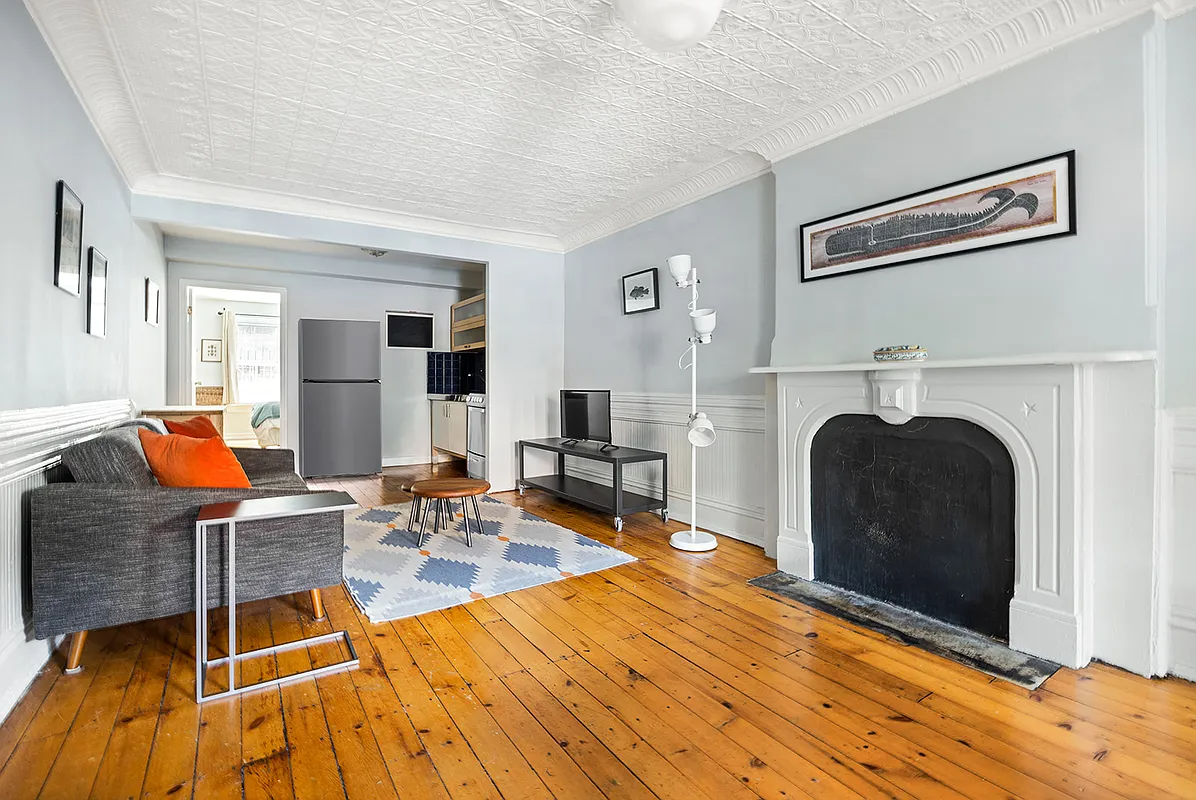AIA Proposed Zoning Tweaks: Beware the Domino Effect
A grumpy and defensive lawyer representing the American Institute for Architects got a little more than he had bargained for when he came to pitch the trade group’s six proposals for changes to the city zoning code (known as “text amendments”) at last week’s Community Board 7 meeting. While the objections raised by the community…


A grumpy and defensive lawyer representing the American Institute for Architects got a little more than he had bargained for when he came to pitch the trade group’s six proposals for changes to the city zoning code (known as “text amendments”) at last week’s Community Board 7 meeting. While the objections raised by the community at the three-hour meeting are too numerous to adequately cover in this space, one potential ramification of enacting the AIA’s suggestions particularly grabbed our attention. The architects (who stand to benefit if the code becomes more pro-developer) have suggested that a building’s height be allowed to be increased by up to 25% up to the height of an adjacent building (something, like all the proposed changes, that can often be achieved by variance). (For example, in an R8 district, a building that otherwise would have been restricted to 60 feet could now be 75 feet if one of the buildings on either side is that tall.) The downside of such a move would be two-fold: 1) The immediate negative impact on light and air of a single application of the proposed change; 2) The far scarier potential for a domino effect longer-term by which a whole block of otherwise two- or three-story buildings gradually could be increased to match the tallest building on the block. Poof! There goes the neighborhood.
AIA Trying to Upzone the Downzoning? [Brownstoner]
Proposed Text Amendments [AIA]





I love Tony Avella!
Um, that’s why we’d agree to disagree, since I believe I know what I’m talking about as well…
Agree to disagree? Sounds to me like 11:36 knows what they speak of.
6:15pm/11:36 pm
Good points. Good debate. Let’s agree to disagree and see how this vetted out with CBs, BP’s and ultimately CPC and City Council, though word on the street is CM Avella (Queens), who Chairs the Land Use committee, has asked the AIA to voluntarily withdraw their application, or he’ll kill it in committee. Due more to process than anything else, though his CB district supposedly blew up as much as Bklyn CB7.
Point well taken 11:36. Investing time and thought on these issues help articulate the ZR since there’s so much at stake for all parties involved. Unfortunately, there are unscrupulous profs on both ends who will always find loopholes in the amendments that can render checks and balances moot. Will inspection weed out corruption?
Action Jackson:
You should be worried about those who bend the rules. As a design professional, so am I.
A few points on that, though:
1) This amendment is not a way of getting over on the city, as far as I can see. Either it passes or it doesn’t. I would like to see it pass because it does enable flexibility. Flexibility, to me, allows for a greater ability to design within context.
2) Someone posted that this amendment was bad because it allowed people to use the FAR to create more sellable units. I don’t get that one. First, going higher is not really desirable, cost-wise. Second, most lots don’t benefit substantially in terms of layout from this amendment (you always run out of Floor Area first). Isn’t the whole point to create Quality Housing, anyway?
3). The domino effect is somewhat disingenuous as an argument. The amendment would never allow any building over the maximum building height of the underlying district. We are talking about 10 feet, and only if you have floor area to enable it (incidentally: this makes for larger rear yards). You would never see an increase of several stories over current as of right taken because of the proposed amendment.
4). BSA is completely broken. Unless you know Doctoroff. Talk about corrupt.
5) I personally don’t think its nefarious for an organization to make educated proposals in a public forum. Architects deal with zoning every day, and are therefore intimately familiar with its benefits its failures. And again, I’m not in the AIA.
6) Nobody agrees more than I that ‘bad’ professionals need to be regulated. What does that have to do with this proposal, though? If you want to stop people from ‘mis-interpreting’ the Zoning Resolution, the city needs better equipped plan examiners. Mr. Scarano has been running circles around these guys for years. Smarter bureaucrats would have demanded that the language regarding Mezzanines be changed years ago (because, frankly, he’s not technically wrong in his interpretation. the buildings get used contrary to the ZR after the fact….but thats why they need to INSPECT!). Smarter bureaucrats would have insisted that, when you dig out rear yards to create ‘accessory storage to studios above,’ you in fact need to measure the height of the rear of the building from the lowered yard and so on and so forth.
Regards: 6:15
“at the end of the day, it doesn’t really matter: some of us will do our best with what we’ve got, and other people will bend the rules.”
I think you may be getting at the gist of what ccgh and others are saying, 6:15pm.
It’s those who do bend the rules everyone worries about. Let them go through the BSA, CBs and BP for a proper variance, where context and community buy-in can be properly and fairly weighed. As of right structures are one thing. Building outside of the ZR is another and should have oversight.
I know of many occasions where CBs have supported variances due the improvement they would offer to the street-scape, neighborhood, etc.
If the process, the BSA variance process specifically, “ain’t broke, why fix it.”
Seems nefarious to me on behalf of the AIA, since it is such a transparent hand off of $$ between the association and whom their members ultimately serve.
Your volley.
i agree that not all architects are able to direct their developers in the right direction: its very difficult, frankly.
the very simple point is this: the amendment was made by architects who WANT TO DESIGN IN CONTEXT, and have been prohibited to do so by zoning requirements.
i’ve designed several Quality Housing buildings, 3:11, and the issue has never been maximizing salable square footage (and when did that become a crime?), but rather the strictness of the street wall and setback regulations often make it IMPOSSIBLE to make context appropriate design decisions: the decisions are made for you.
its a free country: feel free to oppose the amendments, but just know that you couldn’t be more wrong about the intentions behind the proposal.
and i’m not part of the AIA, actually. I just have experienced the same frustrations as the AIA architects have.
at the end of the day, it doesn’t really matter: some of us will do our best with what we’ve got, and other people will bend the rules.
I was at the CB7 committee meeting and I can assure you that no lobbyists for the AIA were harmed. Even though it was apparent their text proposals all are meant to screw you.